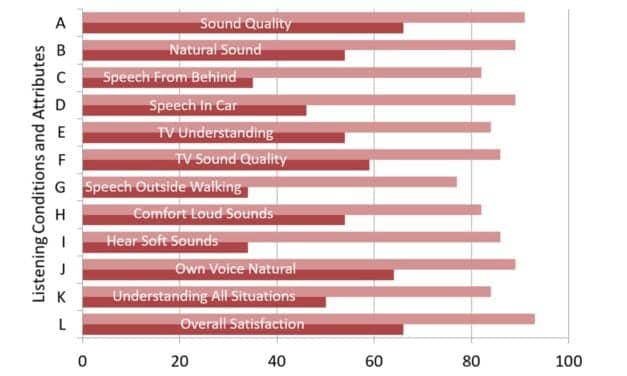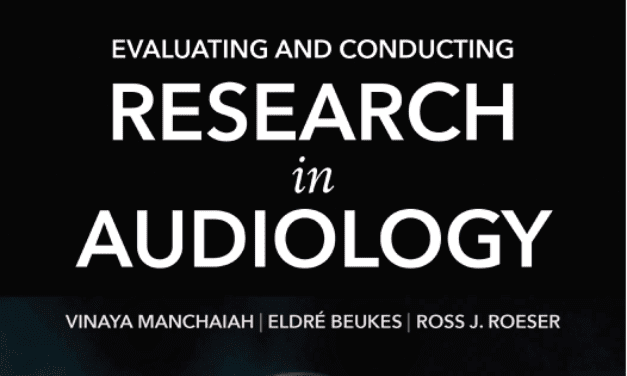Hearing Preservation May Lead to Better Brain Health
According to the article, technology has caused our brains to be “rewired” in an unhealthy way and the author provides several suggestions for optimizing a healthy brain including the avoidance of sensory overload, increasing face-to-face social interaction, and protecting your hearing.
Read More













